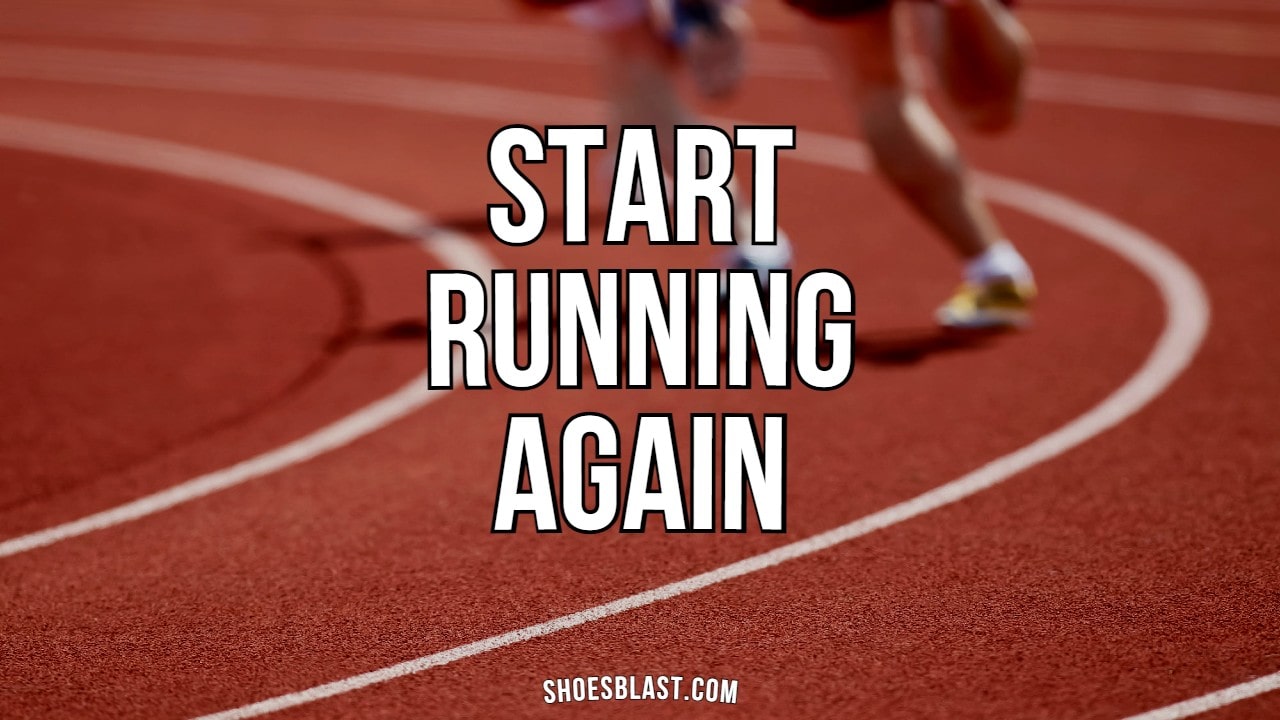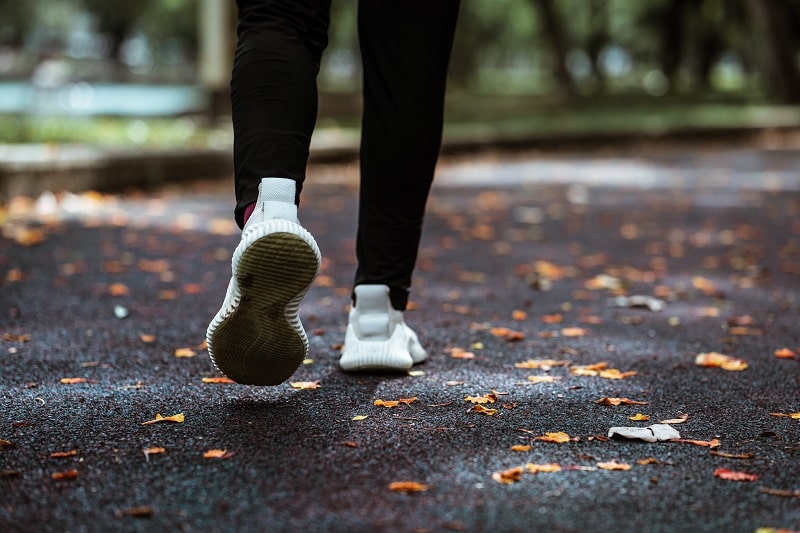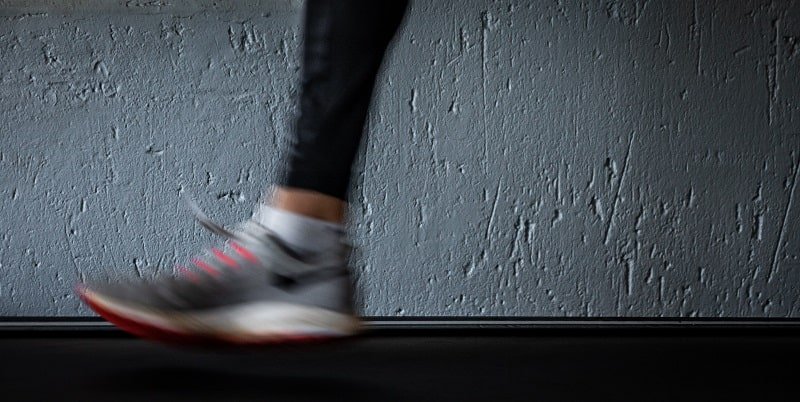Table of Contents
In every runner’s life, there was a time when they had to take a break for different reasons. In my experience, once I had to take a 5-month break because of an injury, and another time I had to take a longer break for my mental health.
Whether you are an amateur or a professional runner, your body and your mind need a break from running once in a while. This break has its positives and negatives.
The biggest negative is the pain of getting back into shape. We lose our aerobe fitness faster than anything else. If you have had a break recently and you are looking to get back into running, read this article. We will discuss ways to get back into shape the right and healthy way.
The longer it will take you to gain back your previous fitness levels will most likely depend on how long was your break, your availability, and your health status. There are many reasons that get in the way of running, especially if you are an amateur runner, but if you want to get back at it, it is important to be committed to the process.
The biggest mistake people make is to assume that it’s going to be easy and that’s going to happen in a few days. I am not going to lie to you. It’s not going to be an easy nor a fast process. Prepare your mind and body to “suffer” for the first few weeks, but also have in mind that it will get better!
6 Steps to Start Running Again (and Reach Old You)
1. Start slow.
Don’t ever start with the distance or pace where you left off.
Your body is not capable of running that anymore. You need to ease your way into it. Start with a running-walking type of training. Reintroduce your body to the effort. Train your heart muscle with low intensities.
Do not increase your distance too quickly, it can lead to overtraining or injuries, which can put you in the position of having to take more days off. Slowly but shortly is the key here. Like a house, you need to build a solid base before adding the walls.
2. Don’t Compare Yourself With Old You.
Another big mistake that I tend to make as well is comparing myself with how fast or long I used to run.
As mentioned above, our body needs time to regain that fitness. Depending on the length of your break, your body might have changed in the meantime, muscles could have atrophied, and some health issues could slow down the process.
You’re a different you at the moment. Put in the work for who you are now and how your body feels now. Looking back and comparing it can be depressing or even make you give up.
3. Run with other people.
It might feel hard running even 5 minutes but running alone will make it even harder. The best-case scenario will be if you could join a running group or have a running partner who can run with you. I train a group of people who are 60+ years old.
All of them admitted that are more motivated to run and run longer because of the group support they have with the running communing.
4. Invest in good shoes.
Running shoes are the best investment for a runner.
When your body is weakened, your mechanics and strides are most likely problematic too. If you have a cheap pair of shoes or the wrong pair or wrong fit, you are prone to running discomfort, injuries, and blisters.
All these can make your running experience unfavorable, which could lead to skipping the next run, losing your progress, or even giving up on your goal.
5. Prioritize recovery.
You’ll think that there is no need for recovery if you run only 10/20 minutes a day, but when these 10/20 minutes are done to get back into shape, a few minutes of recovery is very important.
As we mentioned above about training your heart muscle, the aerobe system, we also need to make sure that our muscles are ready to go for the next run.
It is most likely that you’ll feel fatigued, tiredness, and muscle aches in the first few weeks of getting back into running. To speed up the process, you should roll and stretch your muscles after every run.
Ice baths and Epson salt baths are the best way to recover and relax your muscles.
6. Eat healthily.
What we put in our body will be transformed into the type of fuel used by our body to maintain us full of energy.
When we are running, our body uses carbohydrates, glycogen, and fats as sources of fuel. If we don’t eat enough healthy foods, we will put “bad fuel” in our body which will negatively impact the way we feel when running or throughout the day.
You might already eat very well but have in mind that good carbs are the best source of energy before a run, and that protein is very important for muscle recovery. Vegetables have a lot of vitamins and minerals, and water is the best source of hydration.
Start Running Again After Injury
If you’re like most runners, you’ve probably been sidelined by an injury at some point. Maybe it was a nagging issue that gradually got worse, or maybe it was a sudden, acute injury that occurred during a run. Regardless of how it happened, being injured can be frustrating and disheartening.
But the good news is that with the proper care and rehabilitation, you can get back to running again.
Here are a few tips to help you start running again after an injury:
- Talk to your doctor or a physical therapist. Before you start running again, it’s important to get the green light from a medical professional. They can help you determine if your injury has healed enough to start running again and give you specific guidance on how to start running again safely.
- Build up slowly. Once you start running again, it’s important to take things slowly at first. Gradually increase your mileage and intensity over time. If you try to do too much too soon, you’re at risk of re-injuring yourself.
- Cross-train. In addition to running, incorporate other forms of exercise into your routine, such as biking, swimming, or elliptical training. This will help you stay fit while you’re injured and also help reduce the risk of future injuries.
- Listen to your body. Pay attention to how your body feels when you run. If you start to experience pain, slow down or stop running. Don’t push yourself too hard; otherwise, you risk re-injuring yourself.
- Be patient. It takes time to heal from an injury and to get back to running. Don’t be discouraged if you don’t see progress right away. Just keep at it and eventually, you’ll be back to running like you used to.
Start Running Again: Giveaway.
To summarize, getting back into running is not going to be an easy process and it will take time, but it is all worth it. Besides the numerous health benefits that come with exercise, if you were a runner, getting back at it will make you very happy.
Stay committed and focused on the process. If you don’t know where to start, consider taking to a running coach and have a training plan. It is easier to stick to the plan when you know in advance what to expect from it. Take it easy, listen to your body, stretch, hydrate, and eat well. You’ll do great!

Hi there, my name is Petronela, and I am professional runner training in the United States but competing for Romania. I fell in love with running at the age of 14 when a stranger put around my neck a very shiny $3 dollar silver medal. Fourteen years later and I still get the same goosebumps when I win a medal.
The reason I am running is a true passion like it was when I was 14, the only difference is that small pressure to maintain the status of a professional runner, win races, and hit the times. That requires commitment, hard work, healthy choices, sacrifice, and many good pairs of running shoes. In my running career, I wore more than 1000 pairs of shoes, and my poor feet had the challenge to get used to them as many times.
I have a Master in Public Health Education and Promotion, a 4:34 indoor mile PR, a 4:13m 1500m PR, and 2:05 in the 800m. I run around 70 miles per week, and I am mentally preparing to run a 5k soon. The shoes I run in are one of the most important parts of the training process.
Nowadays, experts have developed amazing shoes that significantly impact and improve people’s athletic performances and because they are available to everyone for purchase, it is important to know which one is the best pair the shoes for you, to achieve your specific goal. That is why I am here. To share with you a little bit of my knowledge and expertise about shoes.
I hope you enjoy it!








